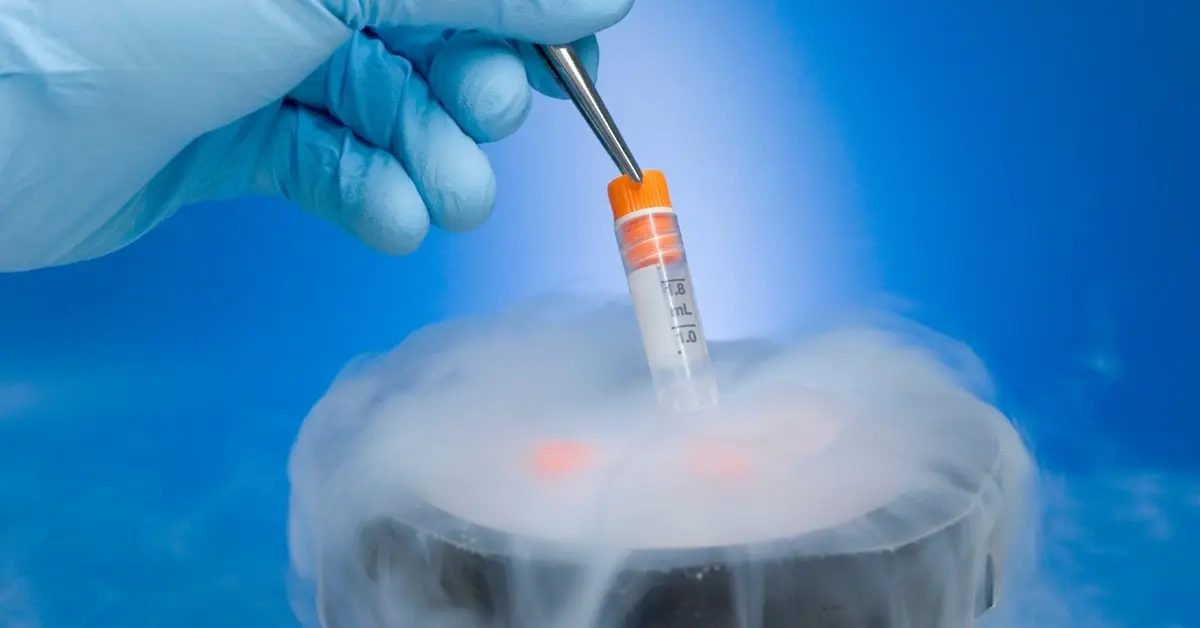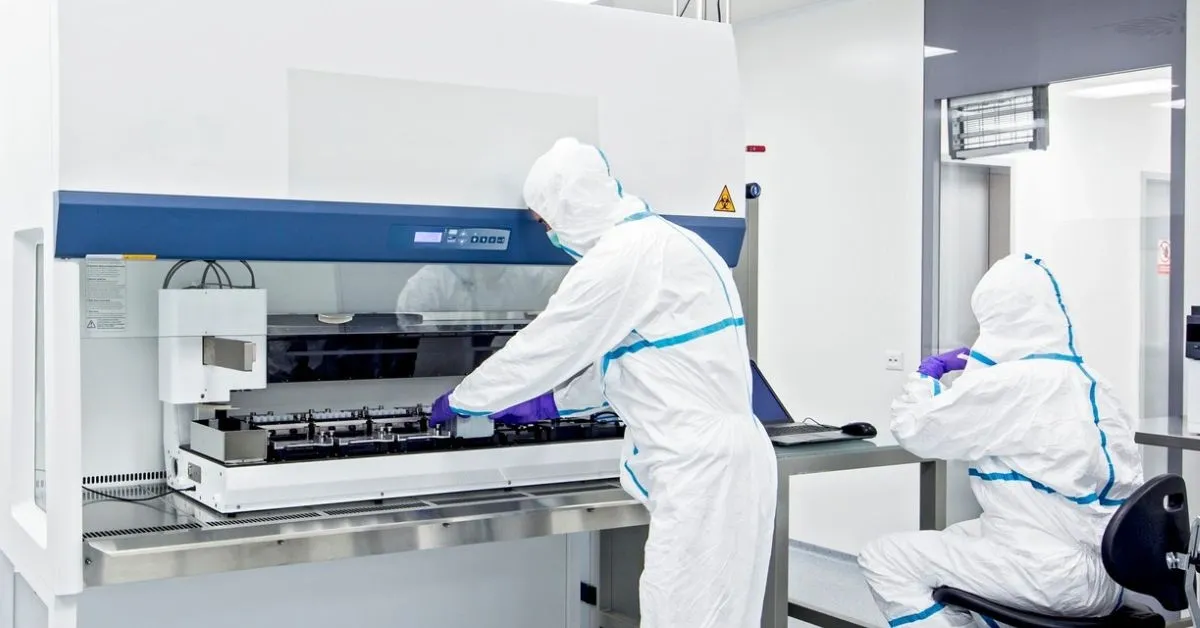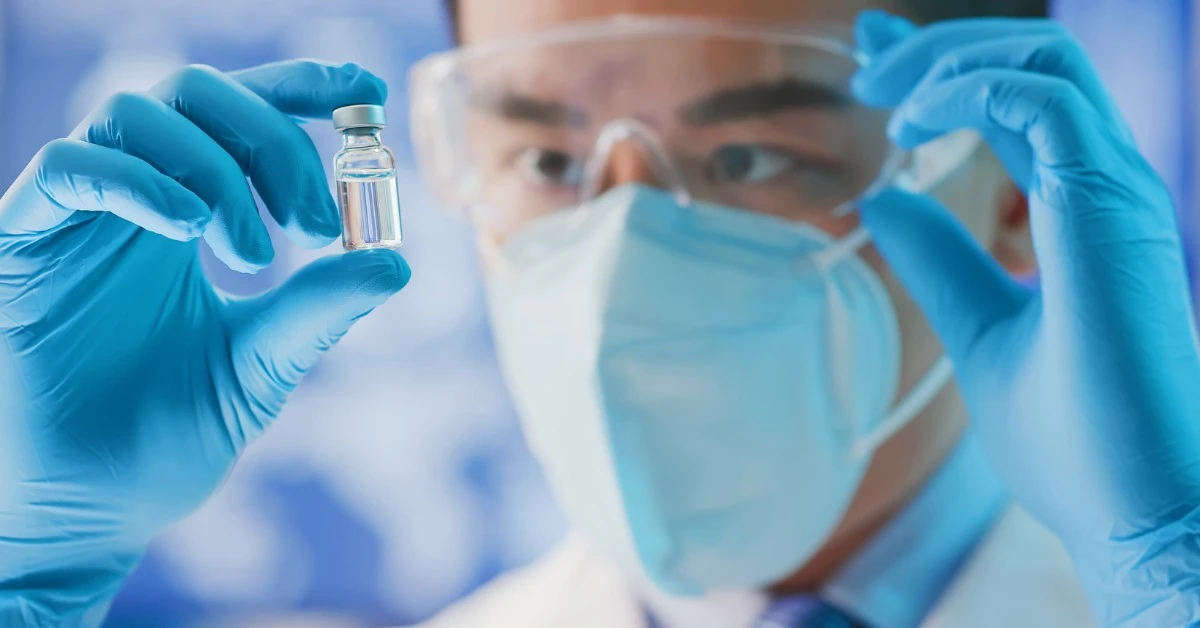In the fast-evolving world of cell and gene therapy (CGT), maintaining the viability and functionality of cells throughout production, storage, and administration is paramount. One of the greatest challenges in cryopreservation has been the reliance on dimethyl sulfoxide (DMSO) as a cryoprotectant. While DMSO effectively prevents ice crystal formation during freezing and thawing, its toxicity presents significant risks to both cells and patients. The launch of NB-KUL DF, a new chemically-defined DMSO-free cryopreservation media, marks a pivotal step in addressing these concerns and advancing the safe development of cell and gene therapies.
The Role of Cryoprotectants in Cell and Gene Therapy
In CGT, cells are harvested, modified, and often stored for extended periods, making effective cryopreservation methods essential. Cryoprotectants like DMSO have been widely used to protect cells from freeze-thaw damage. However, as CGT products move closer to mainstream clinical applications, the drawbacks of DMSO are becoming more pronounced, driving demand for safer alternatives.
The Drawbacks of DMSO in Cryopreservation
Dimethyl sulfoxide (DMSO) presents significant challenges in cell and gene therapies due to its cytotoxicity and impact on both cells and patients. At high concentrations, DMSO compromises cell viability and function during cryopreservation and thawing, and in clinical settings, it can cause adverse reactions in patients, ranging from mild symptoms like nausea and headaches to severe complications such as hypotension or arrhythmias. These concerns are particularly critical for therapies involving large cell doses, such as CAR-T or stem cell therapies. Additionally, DMSO exposure can alter the behavior of therapeutic cells, affecting key factors like differentiation potential and immune response, which are vital for the success of CGT treatments. Moreover, the inclusion of DMSO complicates the manufacturing process and poses regulatory challenges, as regulatory bodies increasingly push for minimizing or eliminating DMSO content in cell therapies.
Simplifying Processes: The Complexities of DMSO Removal and the Time-Saving Benefits of DMSO-Free Cryopreservation Media
One of the most overlooked challenges of using DMSO as a cryoprotectant is the need to remove it through washing steps before administering cryopreserved cells to patients. This process is time-consuming, resource-intensive, and introduces variability, which can affect the quality and efficacy of the final product. Multiple wash steps are typically required to reduce DMSO to safe concentrations for patient administration, which slows down workflows and delays therapeutic processes. Each additional step, particularly cell washing, increases the risk of cell loss or damage, especially for sensitive cell types like T cells or stem cells, where maintaining cell viability is critical. DMSO removal also introduces variability into the manufacturing process, as even slight inconsistencies in washing can affect the product’s quality, raising the likelihood of batch failure and increasing production costs. The equipment, reagents, and labor required for DMSO removal add to the operational costs, especially in large-scale manufacturing. By implementing DMSO-free, chemically-defined cryomedia like NB-KUL DF, manufacturers can eliminate the need for these washing steps, simplifying workflows and reducing the risks of cell loss, variability, and inefficiency. This streamlined process enables faster turnaround times from thawing to infusion, ultimately improving the efficiency and scalability of cell therapy production.
The Importance of Incorporating Chemically-Defined, DMSO-Free Cryopreservation Media in Cell and Gene Therapies
The adoption of chemically-defined, DMSO-free cryomedia like NB-KUL DF is becoming increasingly essential as the industry moves toward delivering safer and more effective therapies. One of the key benefits is improved patient safety, as DMSO-free solutions reduce the risk of adverse reactions, particularly in patients receiving high-dose infusions such as CAR-T or stem cell therapies. Additionally, these media help preserve the potency and functionality of therapeutic cells by eliminating the risk of DMSO-induced alterations in cell behavior, ensuring that the cells maintain their natural characteristics, which is critical for treatment success. Chemically-defined media also provide greater consistency in cell performance across production runs, reducing variability and improving reproducibility—both critical factors in meeting regulatory standards and ensuring quality control. Furthermore, the ability to skip the DMSO removal process offers significant advantages in terms of cost, time, and labor efficiency. By eliminating the need for labor-intensive wash steps, manufacturers can streamline their workflows, reduce operational costs, and enhance overall safety by minimizing the risk of cell loss or damage during processing. This also accelerates production timelines, enabling faster turnaround from thawing to infusion and allowing manufacturers to scale their production processes to meet growing clinical demand.
The Shift Toward DMSO-Free Cryopreservation Media: The Introduction of NB-KUL DF
NB-KUL DF is a revolutionary DMSO-free, chemically-defined cryopreservation media, designed to provide equivalent performance to CryoStor® CS2 and CryoStor® CS5 while surpassing competitors like Cell-Vive™ CD DMSO-Free in key metrics such as cell viability, recovery, and expansion. As a chemically-defined formulation, NB-KUL DF offers significant benefits in consistency and regulatory compliance, making it a safer and more efficient alternative to traditional DMSO-based media.
NB-KUL DF: The Key Advantages
- Superior Cell Viability and Recovery: In comparative studies, NB-KUL DF consistently delivers better cell viability and recovery post-thaw than leading DMSO-free competitors and equivalent performance to CryoStor® CS5. This is vital for sensitive cells like T cells and MSCs, which require optimal preservation to maintain therapeutic efficacy.
- Enhanced Expansion Capabilities: Cells cryopreserved in NB-KUL DF demonstrate superior expansion potential versus competitors without DMSO, supporting the large-scale manufacturing of cell-based therapies—a critical need as CGT therapies scale to meet clinical demand.
- Reduced Toxicity: By eliminating DMSO, NB-KUL DF significantly reduces the risks of cytotoxicity, making it a safer alternative for both cells and patients, particularly for immunocompromised individuals or those receiving high-dose cell infusions.
- Regulatory Alignment and Consistency: As a chemically-defined formulation, NB-KUL DF offers unparalleled consistency in cell culture performance, which is essential for regulatory compliance. Its well-defined composition ensures reproducibility across batches, reducing variability and simplifying the approval process for cell therapies.
QuickStart Media™ Platform: Customization and Transparency
In addition to its superior performance, NB-KUL DF is part of the QuickStart Media platform, offering flexibility and control for cell and gene therapy developers. This platform enables full customization of the cryomedia’s components, quality, testing protocols, and packaging to meet the specific needs of your therapy.
With licensing options, developers can maintain transparency and control over their supply chain, ensuring a reliable and consistent source of media throughout the therapy’s lifecycle. The QuickStart Media platform ensures that NB-KUL DF can be customized to your exact specifications, providing a tailored solution for even the most complex workflows.
Conclusion: The NB-KUL DF Advantage for Cell and Gene Therapists
The launch of NB-KUL DF marks a major advancement in cryopreservation, providing a DMSO-free, chemically-defined alternative that offers superior cell viability, recovery, and expansion. By addressing the well-documented risks of DMSO and eliminating the complexities of washing steps, NB-KUL DF simplifies processes, saving valuable time and resources while improving therapeutic outcomes.
For cell and gene therapists, incorporating NB-KUL DF into downstream processes offers a pathway to improved efficiency, enhanced cell functionality, and safer patient treatments. As the CGT industry continues to grow, DMSO-free and chemically-defined solutions like NB-KUL DF will be instrumental in advancing the potential of life-saving therapies.
Contact us today to discover how NB-KUL DF can streamline your cell therapy workflows and elevate your clinical outcomes.




